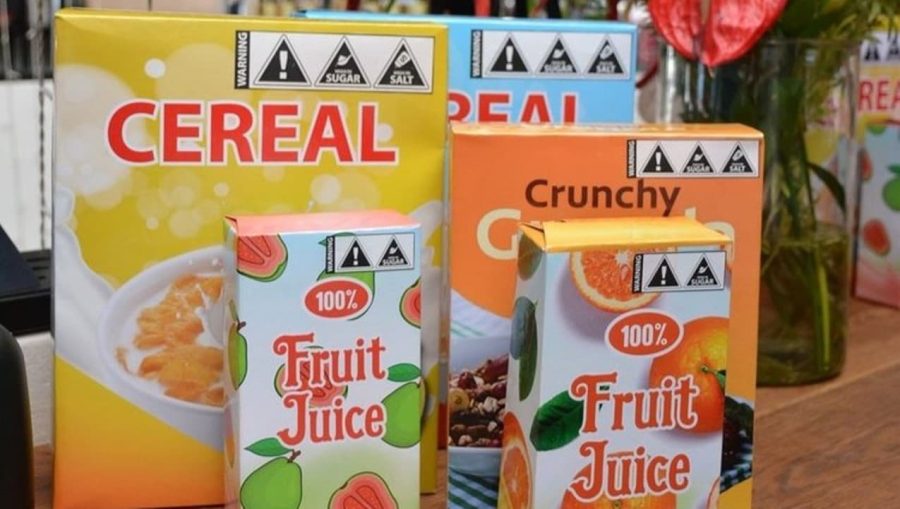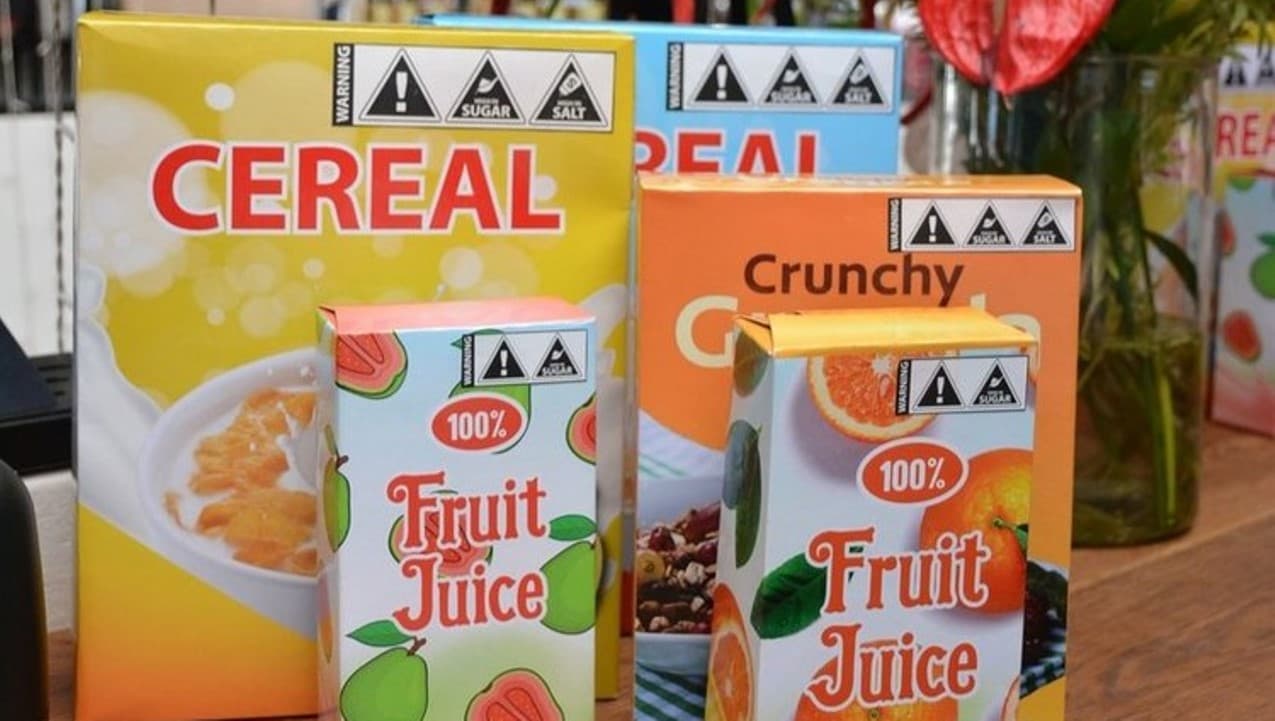
Health activists make over 12,000 submissions on draft food labelling regulations
Over 12,000 submissions have been collected by Community Media Trust and the Healthy Living Alliance (HEALA) in response to the Department of Health’s draft Regulations Relating to the Labelling and Advertising of Foodstuffs. Health activists at Community Media Trust and the Healthy Living Alliance (HEALA) have collected and submitted over 12,000 submissions on the health department’s […]

Over 12,000 submissions have been collected by Community Media Trust and the Healthy Living Alliance (HEALA) in response to the Department of Health’s draft Regulations Relating to the Labelling and Advertising of Foodstuffs.
- Health activists at Community Media Trust and the Healthy Living Alliance (HEALA) have collected and submitted over 12,000 submissions on the health department’s draft Regulations Relating to the Labelling and Advertising of Foodstuffs.
- The draft regulations were gazetted in January and consumers had until 21 July to comment.
- These regulations, among other things, propose mandatory and bolder front of pack warning labels on unhealthy food which include items high in salt, sugar, saturated fats and items containing artificial sweeteners.
The draft regulations were gazetted in January and consumers had until 21 July to comment. These regulations, among other things, propose the mandatory use of new and bolder warning labels on unhealthy food which include items high in salt, sugar, saturated fats and items containing artificial sweeteners.
Community Media Trust (CMT) is a not-for-profit company, mainly focused on health and human rights and has partnered with the Healthy Living Alliance (HEALA), a coalition of organisations focused on nutrition.
In February, CMT and HEALA staged a flash mob as part of the “Less Sugar, More Life” campaign in Cape Town ahead of the Finance Minister’s Budget Speech, advocating for an increase in the sugary drinks tax. They were disappointed by the announcement that the tax would be frozen for two years.
Following a massive media campaign on the draft regulations, CMT and HEALA successfully collected thousands of submissions.
CMT’s co-director Lucilla Blankenberg said the warning labels had been tested with audiences and researchers. If you’re a diabetic shopping for food and there was a clear warning label saying, ‘high in sugar’, the consumer won’t have to spend time trying to work it out because the message is simple.
The proposed warning labels are black and white triangles and would clearly indicate when food is high in sugar, salt and fat or contains artificial sweeteners.
“The reason the food industry is fighting back is because if food has a warning label, it cannot be marketed directly to children. This means cartoons and animation that will attract children cannot be used to market a food item that has a warning label. If a pack has a warning label they can’t make any health claims whatsoever,” said Blankenberg.
“We won’t see the results immediately, but it will happen over time, especially for the children. With warning labels, it will be easier for parents to avoid buying certain food,” said Blankenberg.
HEALA’s communications manager Zukiswa Zimela said conversations proposing front-of-pack warning labels started in 2016.
Zimela said research for the campaign was initially done by the University of Western Cape to determine which foods qualify to have front-of-pack warning labels. She said the research gave more insight into what consumers thought of the current information on packaging as well as what the new warnings should look like.
“We started the campaign in May and went to eight provinces, mainly to educate and inform communities about the importance of front-of-pack warning labels and the food they were eating,” said Zimela. She said they found that many consumers agreed that they did not understand the nutritional information on food packaging.
She said the food industry had used scare tactics like saying warning labels would cause job losses which were “completely untrue”.
“This is not something new, warning labels have been done in other countries like Chile, Mexico, Peru and Columbia and there has been no evidence that jobs have been lost because of it. This is just undermining the government’s plan to get people to eat better.”
Zimela said HEALA will be monitoring the responses to the regulations. “Should the regulations be implemented, we need to make sure that they are not watered down or seen as useless.”
Sugar industry warns against “demonising sugar”
The South African Sugar Association (SASA) told GroundUp it had also submitted comments on the draft regulations, and that the front-of-pack warning labelling system was of particular concern to the industry.
SASA executive director, Trix Trikam, said: “The objective of this system is to encourage the reduction of energy/calorie intake, saturated fat and salt to prevent obesity and non-communicable diseases.
“It is well known and there is evidence that sugar is not the sole contributor of kilojoules to the diet and should therefore not be singled out in a regrettable out-of-context manner,” he said.
He said the warning labels should not be done in a sensationalist or alarmist manner “which seeks to demonise sugar” because that would have “a significant adverse impact on the sugar industry”.
Trikman suggested that the warning labels should instead reflect the calories in a food product. “SASA is also not convinced that the perceived cut-off values for sugar is evidence-based. A possible solution to that would be to use the perceived cut-off values based on a percentage of energy value and not the amount of sugar per volume of product,” said Trikam.
“The draft regulations make it mandatory for a warning symbol to be placed on the front of pack labels for foods that exceed a perceived cut-off value for sugar. In order to avoid the warning symbol for sugar, food manufacturers will seek to find ways of removing sugar from their products. This will lead to a decrease in the demand for sugar and will ultimately negatively impact the livelihoods of those dependent on the sugar industry in the deeply rural areas of KwaZulu-Natal and Mpumalanga.”
Trikam said SASA is concerned about the obesity rates in South Africa but added that the solutions should be evidence-based.
